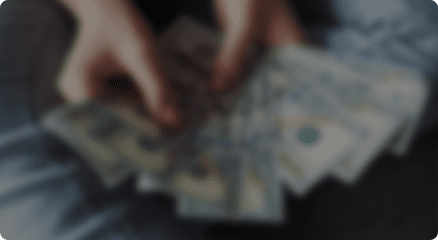- Student-faculty ratios: 7.7
- Male to female ratio: 37 : 63
- School nature: Public
- Website: -
- Address: Maebashi, Gunma,Japan
- Phone: -
Gunma University (GU) is a national university in Japan with three campuses in Aramaki, Showa, Kiryu, and Ota. Established in 1949, the university today was formed by integrating the national colleges in Gunma Prefecture: Maebashi College of Medical Science, Kiryu Technical College, Gunma Normal School and Gunma Youth Normal School.GU is located near the northern boundary of the Kanto Plain, approximately 100 km northwest of Tokyo and is surrounded by three majestic peaks: Mts. Akagi, Haruna and Myogi. There are four main faculties at the university, which include: education, social and information studies, medicine and engineering. Gunma University is recognised as a Centre of Excellence for its integrated cancer therapy studies which include surgical and chemotherapy cancer treatment procedures. The Heavy-ion Medical Research Centre treats a wide range of cancers using a compact carbon ion-beam generator.There is a University hospital which offers both medical training and research to students. It also provides medical care for the community which may not be available in general hospitals. The university is also a leading institution when it comes to the study of lifestyle-based diseases at the Graduate School of Medicine including the Institute for Cellular and Molecular Regulation. There are three libraries – one on each campus – each with its own speciality a central library on the main Aramaki campus, alongside a medical, and science and technology campus. Currently, the university has established strong bonds to 30 institutions across the world including the National Formosa University.
- Global score 22.9
- Global research reputation #1,065
- Regional research reputation #278
- Publications #843
- Books #796
- Conferences #843
- Normalized citation impact #1,190
- Total citations #995
- Number of publications that are among the 10 percent most cited #1,091
- Percentage of total publications that are among the 10 percent most cited #1,237
- International collaboration #1,268
- Percentage of total publications with international collaboration #1,233
- Number of highly cited papers that are among the top 1 percent most cited #1,001
- Percentage of highly cited papers that are among the top 1 percent most cited #1,058
*The above data comes from: Official website of U.S.News
-

7.7
No. of students per staff
-

3%
Percentage of International Students
-

37 : 63
Student Ratio of Females to Males
-

6,473
Number of FTE Students
-

¥3,084
Finance per Student (¥000s)
*The above data comes from: Official website of TIMES
-
World University Rankings
-
2017
> 800
-
2019
1001+
-
2020
1001+
-
-
Japan University Rankings
-
2017
51
-
2018
64
-
2019
62
-
-
Asia University Rankings
-
2017
201-250
-
2019
251–300
-
-
Clinical, pre-clinical & health
-
2019
601+
-
-
Engineering & technology
-
2019
801+
-
-
Impact Rankings: Partnerships for the goals
-
2019
201–300
-
-
Impact Rankings: Industry, Innovation, and Infrastructure
-
2019
101–200
-
-
Impact Rankings: Quality education
-
2019
301+
-
-
Impact Rankings: Good health and well-being for people
-
2019
101–200
-
-
University Impact Ranking
-
2019
301+
-
*The above data comes from: Official website of TIMES
-
#379 Neuroscience and Behavior
Show ranking metrics under this major
- Neuroscience and Behavior overall score 15.3
- Neuroscience and Behavior global research reputation #231
- Neuroscience and Behavior regional research reputation #48
- Neuroscience and Behavior publications #376
- Neuroscience and Behavior normalized citation impact #362
- Neuroscience and Behavior total citations #391
- Neuroscience and Behavior number of publications that are among the 10 percent most cited #400
- Neuroscience and Behavior percentage of total publications that are among the 10 percent most cited #381
- Neuroscience and Behavior international collaboration #10
- Neuroscience and Behavior percentage of total publications with international collaboration #254
- Neuroscience and Behavior number of highly cited papers that are among the top 1 percent most cited #329
- Neuroscience and Behavior percentage of highly cited papers that are among the top 1 percent most cited #318

